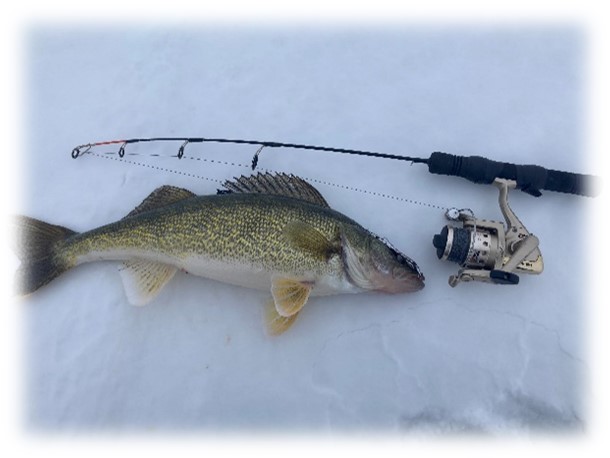Walleye Genetics
Walleye is the most desired species sought by anglers in eastern South Dakota. South Dakota Game, Fish and Parks (GFP) is studying Walleye genetics in eastern South Dakota in an effort to reduce the costs associated with raising Walleye in our hatcheries and improving the survival of stocked fish. Recently, several states have studied Walleye genetics and found that certain genetic groups (called a “genetic strain”) do better than others when they are stocked in a similar geographic area. For example, the Minnesota Department of Natural Resources has identified a genetic strain in southwestern Minnesota capable of strong natural recruitment when stocked in lakes in the southwest portion of Minnesota. These lakes are very similar to the shallow lakes in eastern South Dakota.

Walleye genetics have not been studied in South Dakota since the late 1980s, and only four waters were studied as part of that evaluation. Major advances in genetic technologies could help identify if there are unique genetic strains occurring in eastern South Dakota waters. In 2024, GFP collected tissue samples from 30 Walleye per lake in 12 different waters of eastern South Dakota. The 12 lakes were Oahe, Piyas, Althoff, Middle Lynn, Lynn, Indian Springs, Reid/Round, Brush, West 81, Sinai, Twin (Minnehaha), and Thompson. South Dakota Game, Fish and Parks partnered with Walleyes Unlimited to fund this research. The genetic samples are being processed by faculty at the University of Wisconsin-Stevens Point. Results of this study would be useful in identifying where SDGFP should collect Walleye eggs for our hatcheries in order to provide the best stocking product for South Dakota waters.


